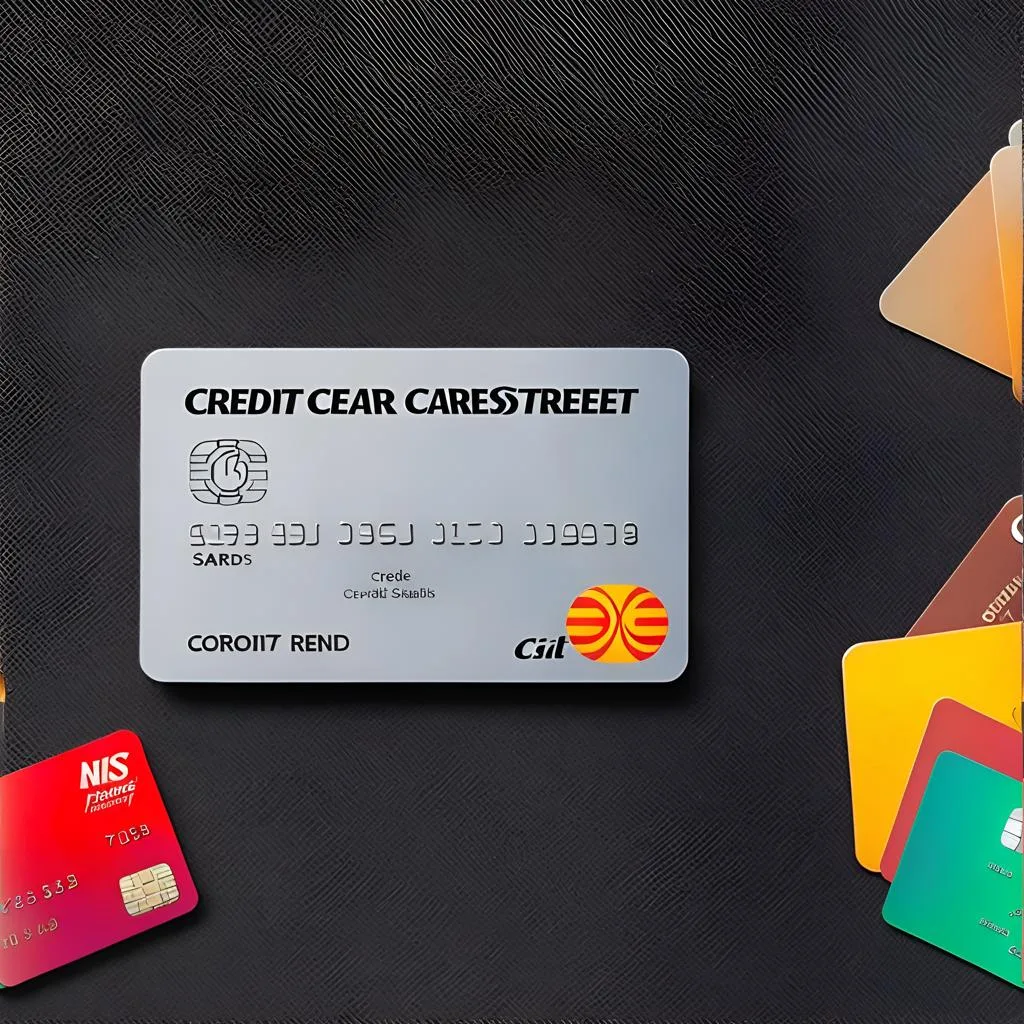
Credit card scams are a growing concern for many people, as they can happen to anyone who uses their cards physically or digitally. One common method scammers use to steal money from cards is through contactless or “tap and pay” systems. These systems rely on an RFID chip inside the card, which can transfer payment details to a terminal without the need for a PIN number. Although these transactions are typically limited to around 30 pounds or dollars, it still offers criminals the opportunity to become “digital pickpockets.”
How Digital Pickpocketing Works
By using a reader close to a wallet containing one or more cards, a thief can charge any readable card without the owner ever knowing they’ve been robbed. This can happen on public transport or even through a device placed in an appropriate location where purses and pockets pass by regularly. For example, several of these devices could be built into the turnstiles of a stadium venue, and any exposed cards could be charged by a random price generator.
While the likelihood of this happening is low, there have been several instances where touch payments have been compromised or abused. In a café in London, the owner would tell customers that their first “tap” hadn’t worked and would ask them to use their PIN or sign a receipt as normal. In reality, the first tap had worked, so after the “second try,” the owner had increased the bill by whatever they charged the first time.
Understanding the Risks
It’s easy to be tricked when using bank cards on a daily basis, and mistakes are easy to make. Even the most suspicious of users could fall victim to the right scam under the right circumstances. Banks often blame customers when a fraudulent transaction depends on both card information and the supposedly secret PIN. However, there are many ways to steal both a card and a PIN number, and banks should be responsible for the security and protection of their products.
Protecting Yourself from Credit Card Scams
To avoid credit card scams, it’s essential to be vigilant and avoid anything that doesn’t look quite right. In the next article, we’ll discuss how bank and credit card details can be stolen over the phone or via email. Remember, even if you’re a pretty clued-up reader, don’t think for a second that you might not get caught out or that there isn’t a scam with your name on it.
Here are some tips to protect yourself from credit card scams:
1. Keep your cards secure and out of sight when not in use.
2. Monitor your bank statements regularly for any unauthorized transactions.
3. Be cautious when using your card in unfamiliar places or with unknown merchants.
4. Use a contactless card protector or wallet to prevent unauthorized scanning of your card’s RFID chip.
5. Report any lost or stolen cards to your bank immediately.
Conclusion
Credit card scams are a growing concern, and it’s essential to be aware of the risks and take precautions to protect yourself. By being vigilant and following the tips mentioned above, you can minimize your chances of falling victim to these scams. Stay informed about the latest scams and educate yourself on how to spot and avoid them. Remember, even the most knowledgeable users can fall prey to a well-executed scam, so always be cautious when using your credit cards.




